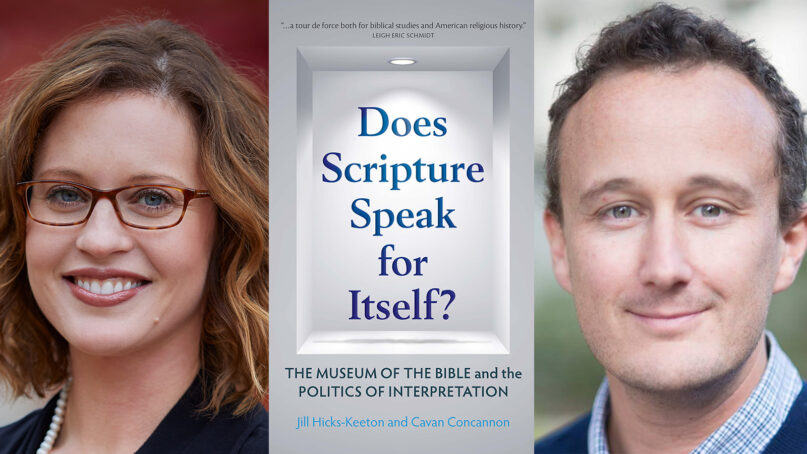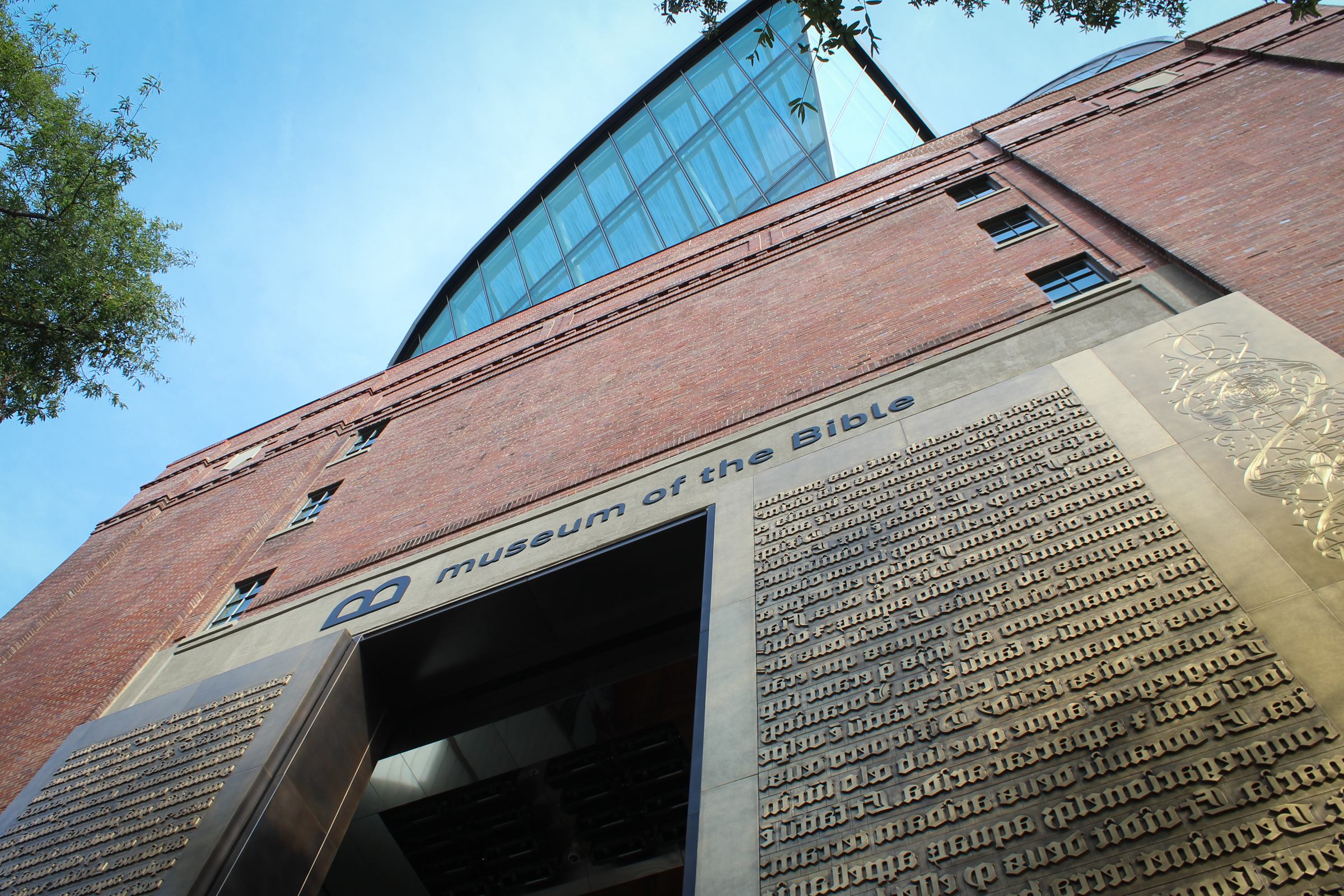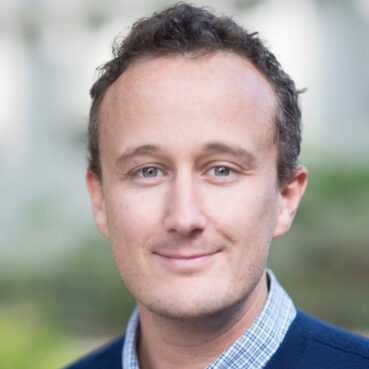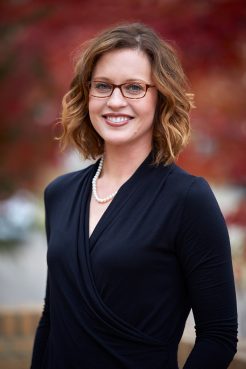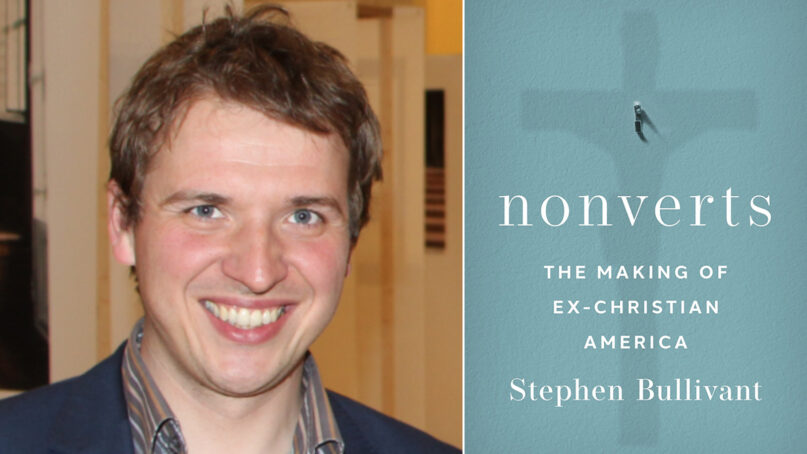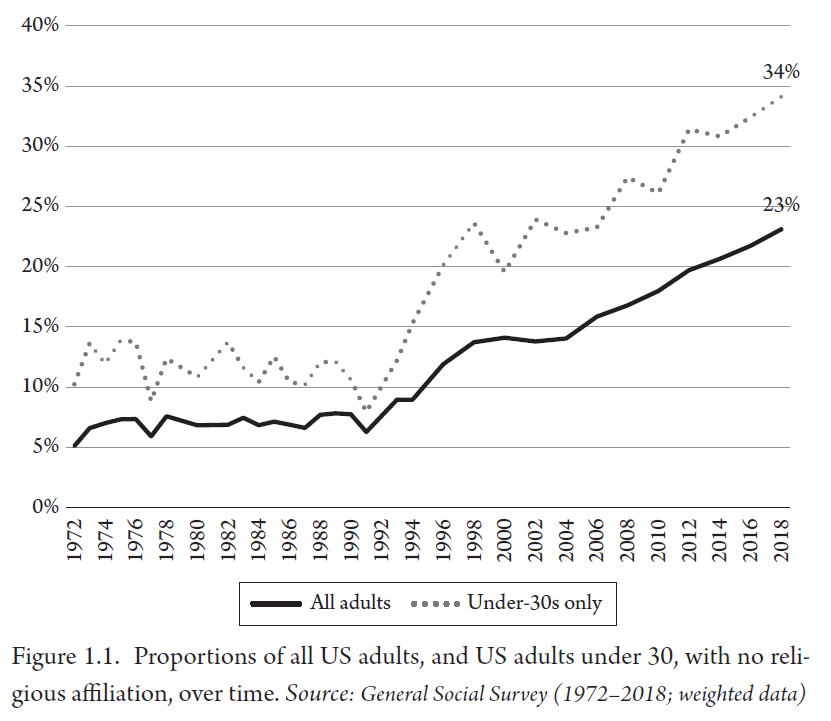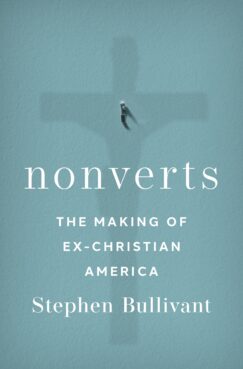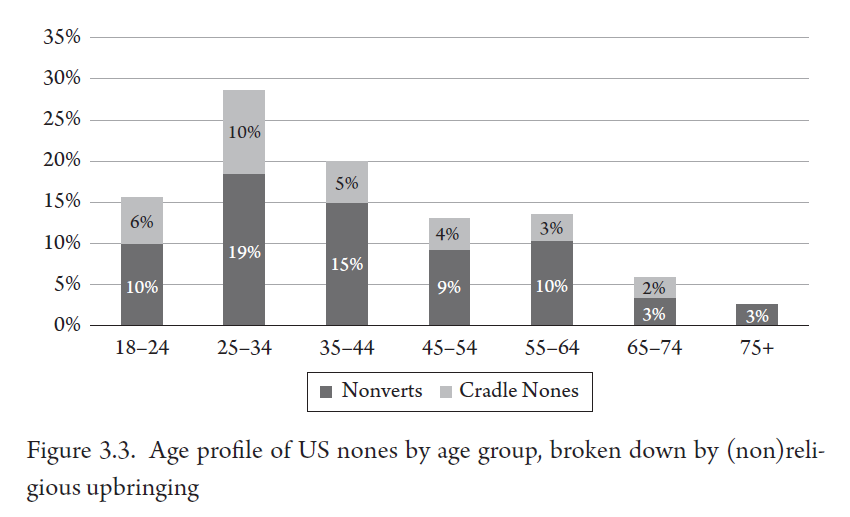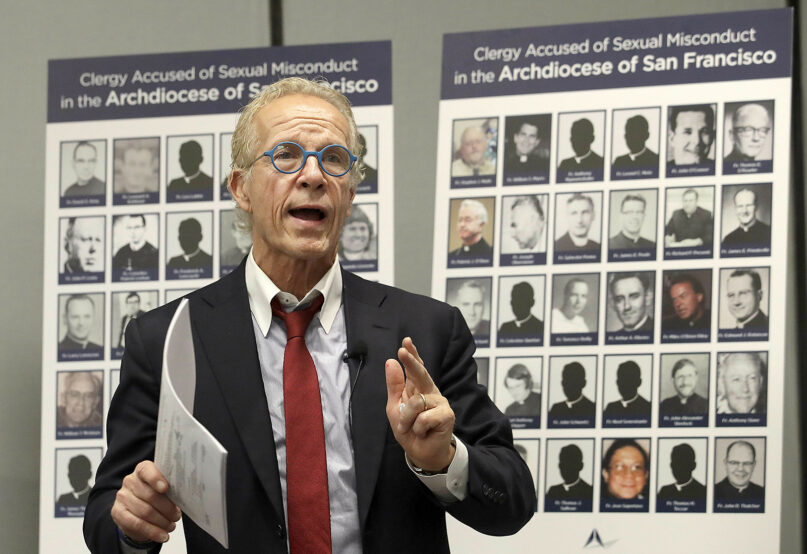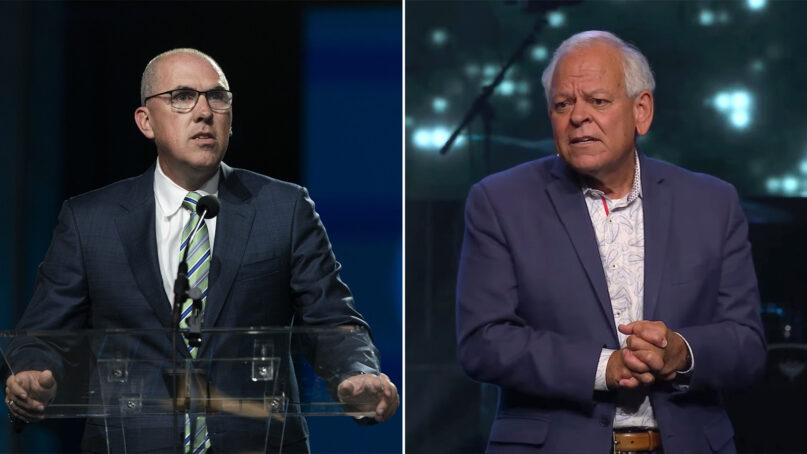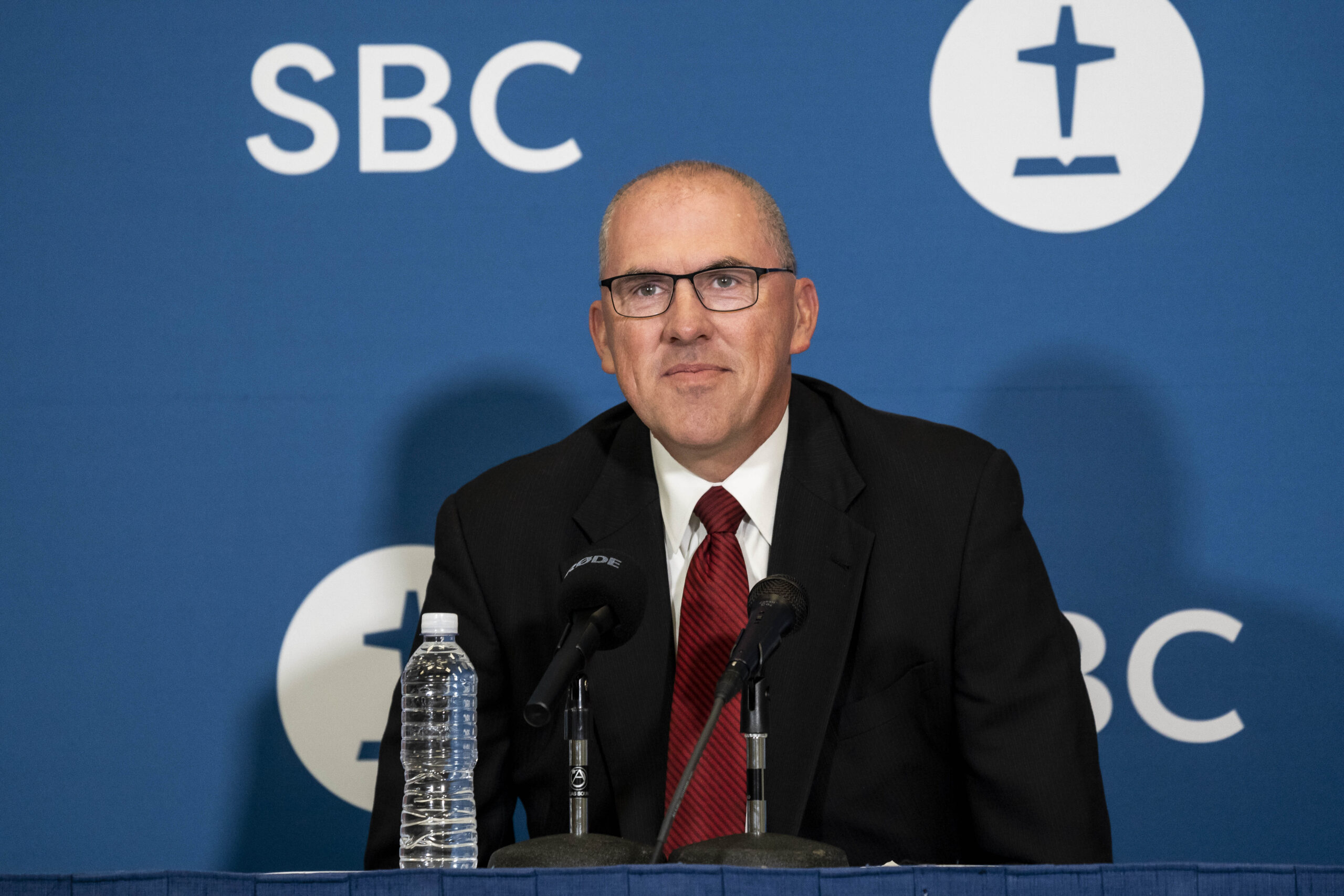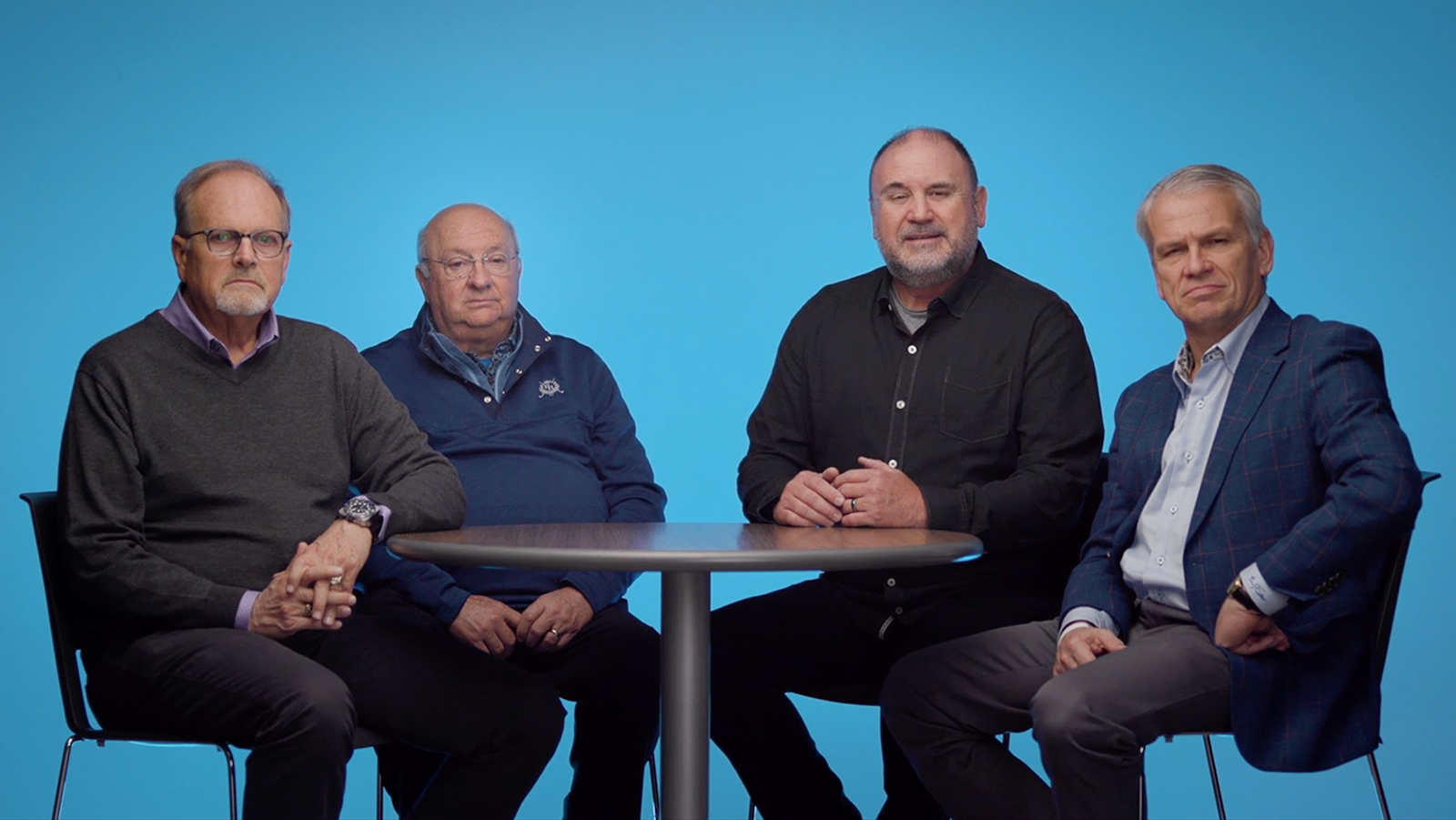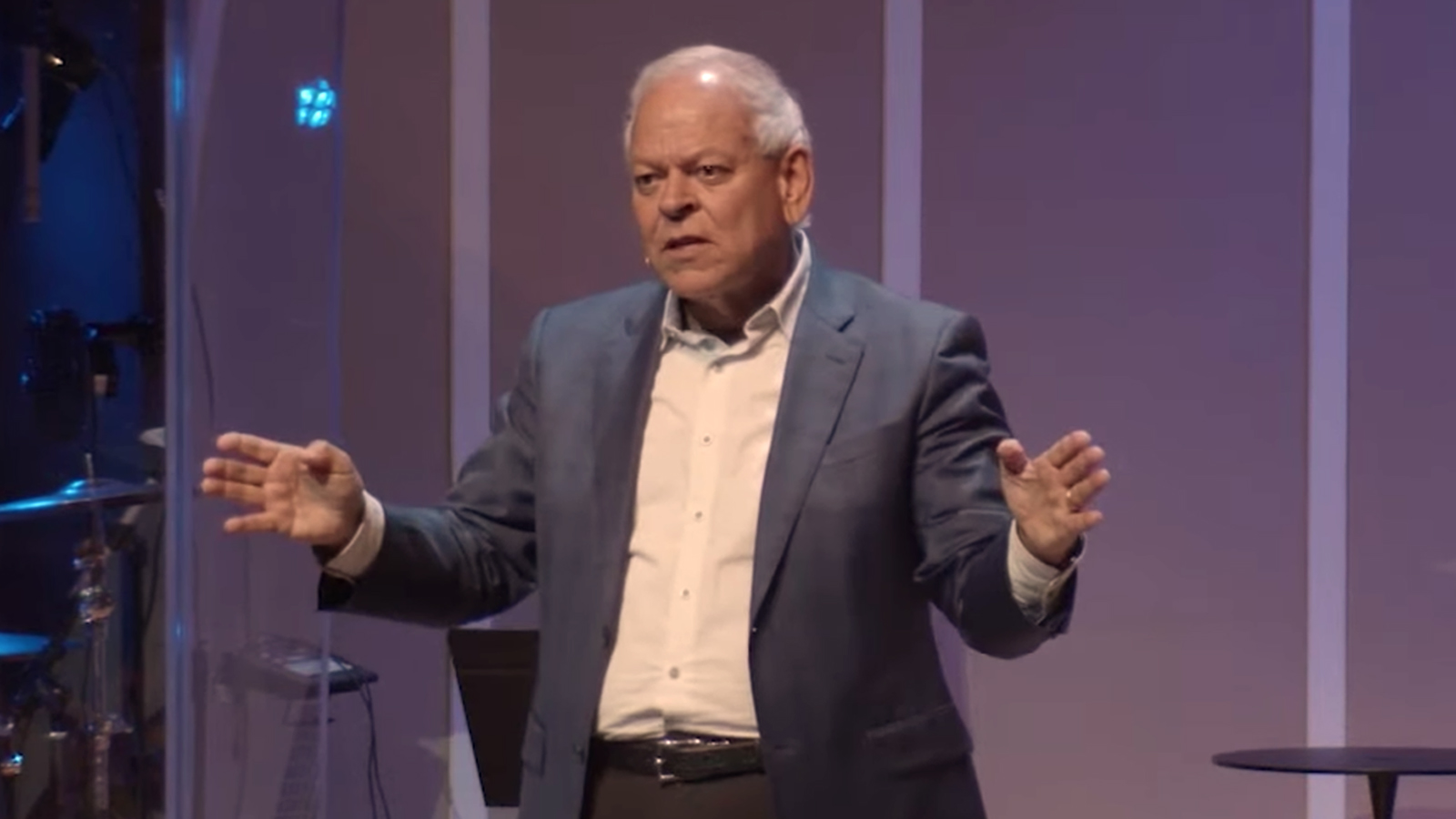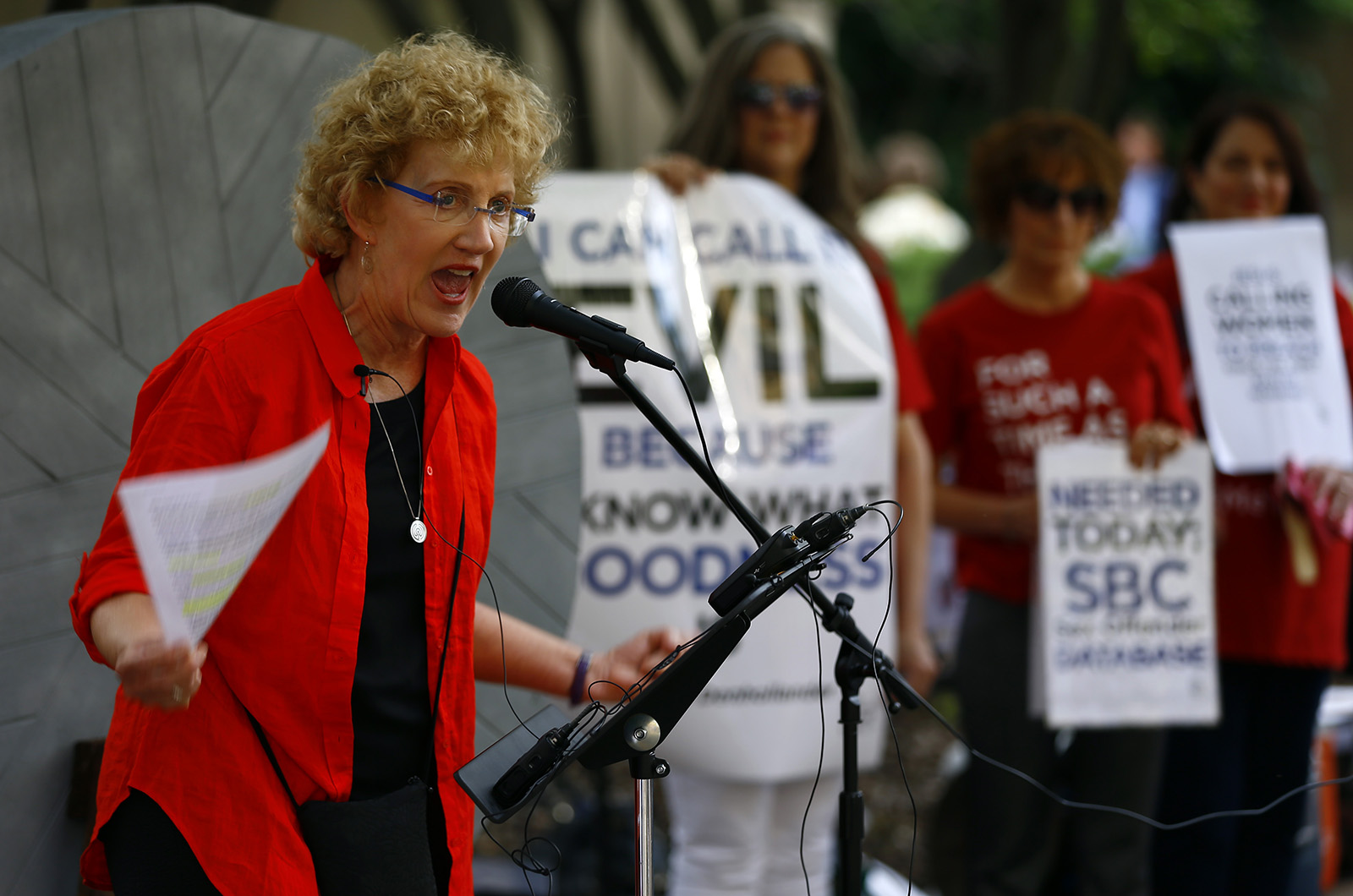IF ATHEISTS HAD A RELIGION...
‘After School Satan Club’ at California elementary school stirs controversy
After School Satan Clubs are sponsored by The Satanic Temple, a nontheistic religious organization based in Salem, Massachusetts, that pushes for the separation of church and state.
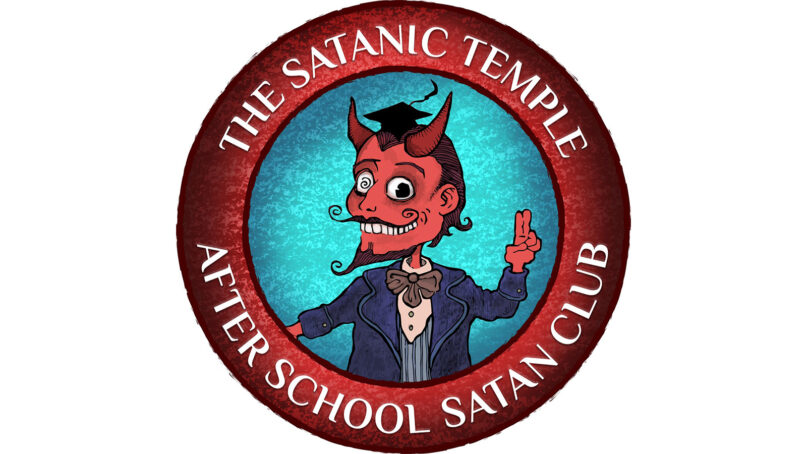
(RNS) — An “After School Satan Club” aiming to teach students about inquiry and rationalism is set to begin in early December at a California elementary school, triggering controversy among parents and guardians who say the club shouldn’t be allowed, according to local news reports.
After School Satan Clubs are sponsored by The Satanic Temple, a nontheistic religious organization based in Salem, Massachusetts, that pushes for the separation of church and state. They meet at select public schools where other religious clubs meet, such as the Good News Club — an after-school program hosted by the Child Evangelism Fellowship to “bring the Gospel of Christ to children.”
The Satanic Temple, which is separate from the Church of Satan, was founded in 2013. It does not worship Satan and its tenets declare that the freedoms of others should be respected, that people should have control over their own bodies and that scientific facts shouldn’t be distorted to fit one’s beliefs.
The After School Satan Club is to launch Dec. 5 at Golden Hills Elementary School in Tehachapi, a city in Kern County about 115 miles north of Los Angeles, said June Everett, an After School Satan Club campaign director. After School Satan Clubs are set up at the request of local parents, educators or other community members, according to the Satanic Temple website. Everett said a parent reached out a few months ago requesting the club, which will gather once a month through May 2023.
“The fact that others find our club controversial when they have absolutely no issues with the other religious clubs operating in their public school is puzzling to us,” said Everett, an ordained minister with The Satanic Temple.
Tehachapi Unified School District Superintendent Stacey Larson-Everson, in a Nov. 15 letter obtained by The Bakersfield Californian, announced the district had approved the After School Satan Club to host gatherings after school hours in the elementary school’s cafeteria.
RELATED: No, they do not worship the devil, and other myths dispelled in new book on satanism
By law, Larson-Everson said, the district can’t discriminate among groups wishing to use its facilities or distribute flyers “based on viewpoint.” The superintendent noted that religious groups are among those the district has allowed to rent its facilities over the years.
The 2001 Supreme Court ruling Good News Club v. Milford Central School paved the way for After School Satan Clubs to exist in public schools. The High Court ruled that schools cannot discriminate against religious organizations offering a club on its facilities.
Sheila Knight, grandparent to a fifth grader at Golden Hills, told Bakersfield CBS affiliate KBAK that the After School Satan Club is “disgusting.”
“I understand the school by law has to allow them because they allow other after school programs such as the Good News … but I can’t imagine why anyone would want their child to attend,” she told KBAK.
“Just the name alone, ’Satanic Temple,’ is negative and these elementary kids don’t need that,” another woman told the news agency.
Additionally, Tehachapi News reported that news of the club had generated so much controversy on social media that administrators of the Tehachapi Raves and Rants Facebook group shut down comments at least once “so they could sleep.” The administrator of the Tehachapi Ask Facebook group decided to remove comments about the topic, the news site reported.
RELATED: The Satanic Temple takes aim at Idaho, Indiana abortion bans
Paul Hicks, identified as a volunteer with the After School Satan Club, told KBAK that Christian-based clubs such as the Good News Club are a main reason the After School Satan Club is necessary. “We want to give an alternative point of view,” he said.
“I’m not teaching these kids that they need to hail Satan or identify as Satanists. What we’re doing is we’re thinking critical thinking, we’re teaching science, we’re teaching empathy,” Hicks said.
According to Everett, there are two active After School Satan Clubs in the country, one in Moline, Illinois, and another in Lebanon, Ohio. One such club is launching Nov. 28 in Wilmington, Ohio. Three clubs are pending approval in Eaton, Ohio; Chesapeake, Virginia; and and Endwell, New York.
The Satanic Temple said it uses the word “Satan” in the name of the club because “Satan, to us, is not a supernatural being.
“Instead, Satan is a literary figure that represents a metaphorical construct of rejecting tyranny over the human mind and spirit,” it states on its website.
The presence of evangelical after-school clubs “not only established a precedent for which school districts must now accept Satanic groups, but the evangelical after school clubs have created the need for Satanic after school clubs to offer a contrasting balance to student’s extracurricular activities,” according to the Satanic Temple.
